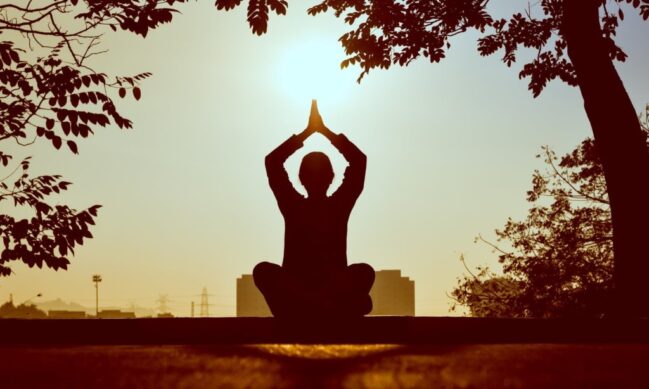Blog
The Marvels Of Mindfulness
May 21, 2019
3 minutes, 19 seconds

Mindfulness has become a bit of a buzz word recently and everyone seems to be giving it a go. Why is this? I am sure that part of it is because people like to jump on a bandwagon, but I am also in no doubt that it is because as we strive to become better and do better, we burnout and begin to feel, well, rubbish.
What is mindfulness?
It is essentially a form of meditation. It has been used for centuries but is still relevant in the present day. Practicing mindfulness is known to alleviate symptoms of:
- Stress
- Anxiety
- Depression
- OCD
- Anger
It can also help you to sleep better and simply feel wonderful!
The basis of mindfulness is about being in the present moment, taking notice of how our body and mind feel at this exact time, and becoming more in tune with what our body and mind is telling us.
Being mindful can make it easier for you to savour the pleasures in life as they occur. You can become more engaged in activities and your capacity to deal with difficult events will increase. You will find yourself less likely to be disturbed by worry, less preoccupied with concerns, and feel a greater sense of self-esteem and well-being.
Personally, I try to practice mindfulness every single day. I will be honest and admit that I don’t always manage it, as the reality is that it’s not always possible. However, I notice the difference when I haven’t partaken in a daily dose of mindfulness and cannot wait to make up for it the day after. Even just ten minutes of mindfulness day can do wonders, so I guess there is no excuse not to make time to do it really.
You may be thinking that all sounds great, but how do you actually do this mindfulness?
Here’s how:
I find the best way to begin a mindfulness session is to make sure you are sitting or lying down comfortably. Make sure that all distractions, such as people and phones, are out of the way and not likely to disturb you. Then close your eyes and begin to take notice of your breathing. As you focus on your breathing you will begin to notice your concentration increases. You can start to still your mind and let it be free.
Continue to slowly and deeply breathe in and out, still taking notice of each and every breath. Then just allow yourself to go with the flow.
Observe the flow of your inner thoughts, emotions, and the sensations that your body feels. Acknowledge them all and do not judge them, even if they are bad. They are all a part of you, and you must accept them in the present moment.
As you continue to take notice of your breathing and all of the thoughts and sensations you are feeling, you may begin to notice external sensations, such as sounds, sights and smells. It is important that you don’t allow yourself to get caught up in those external sensations. Instead just allow them to come and go from your mind, noticing and accepting which of them produce a positive or negative feeling.
At times, your practice of mindfulness may not seem relaxing at all, but over time it will become easier and you will discover the key to a greater happiness and self-awareness that you will come to treasure. Remaining focused on your breathing is essential, and if you become distracted simply return the focus to your breathing and continue.
Some people prefer to practice mindfulness as part of a group and that is absolutely fine. Over the years I have run a number of mindfulness classes and it has always been nice to feel part of a community that all want the same thing.
The benefits of mindfulness are boundless. I thoroughly encourage you to give it a go and incorporate it as part of your self-care routine.